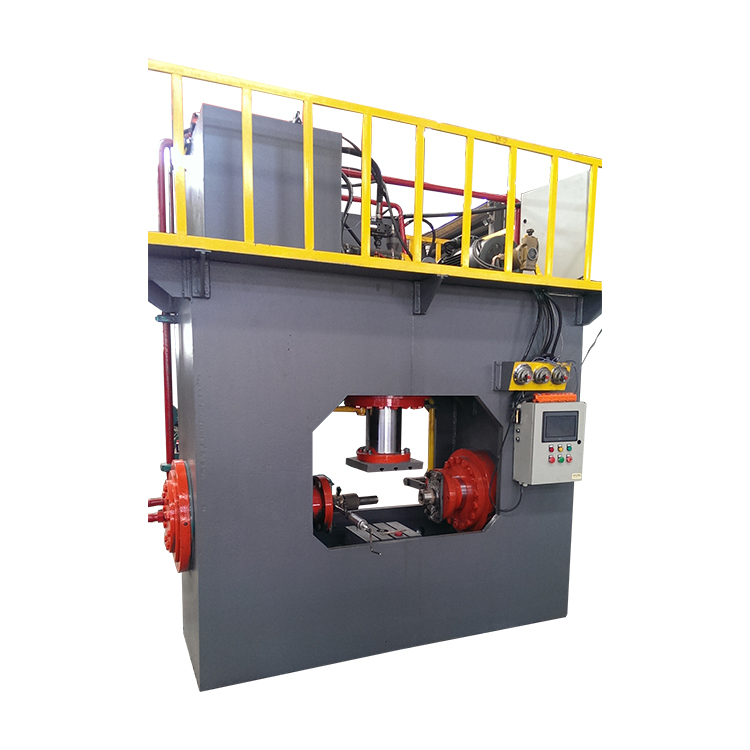?

Chinese | English

News Center
Contact us
Contact number:0086-15230713671
Skype: zhiguang.wu
Email:15230713671@163.com
Address: North Mengcun Industrial Park, Mengcun Hui Autonomous County, Cangzhou, Hebei.
Skype: zhiguang.wu
Email:15230713671@163.com
Address: North Mengcun Industrial Park, Mengcun Hui Autonomous County, Cangzhou, Hebei.
Business news
Title: The Emerging Trends in the Development of Three-Way C
Introduction:In recent years, the automotive industry has been focusing on the development of more efficient and environmentally friendly technologies to reduce emissions and improve air quality. One key component in achieving these goals is the three-way catalytic converter (TWC), which plays a crucial role in reducing harmful pollutants from the exhaust gases of internal combustion engines. This article will explore the new trends and advancements in the development of TWCs, highlighting the challenges and opportunities in this rapidly evolving field.
1. Advanced Catalyst Materials
Traditionally, TWCs have used precious metals such as platinum, palladium, and rhodium as catalysts to facilitate the conversion of harmful emissions like carbon monoxide, nitrogen oxides, and hydrocarbons into less harmful substances. However, the high cost and limited availability of these precious metals have prompted researchers to explore alternative catalyst materials. One promising approach is the use of non-precious metal catalysts, such as transition metal oxides, mixed metal oxides, and perovskite-type materials. These materials offer comparable catalytic performance at a fraction of the cost, making TWCs more cost-effective and sustainable.
2. Nanostructured Catalysts
Another trend in TWC development is the use of nanostructured catalysts, which have a higher surface area and improved catalytic activity compared to conventional catalysts. By controlling the size, shape, and composition of nanoparticles, researchers can tailor the catalytic properties of TWCs to optimize their performance. Nanostructured catalysts also exhibit enhanced thermal stability and resistance to sintering, leading to improved durability and longevity of TWCs. Furthermore, the use of nanomaterials allows for the development of lightweight and compact TWCs, which can improve fuel efficiency and reduce emissions.
3. Integrated Catalyst Systems
To further enhance the efficiency of TWCs, researchers are exploring the concept of integrated catalyst systems that combine multiple catalytic functions in a single device. For example, TWCs can be integrated with selective catalytic reduction (SCR) catalysts to simultaneously reduce nitrogen oxides and hydrocarbons in the exhaust gases. By optimizing the interaction between different catalyst components, integrated systems can achieve higher conversion efficiencies and lower emissions compared to traditional TWC configurations. Moreover, integrated catalyst systems can simplify the exhaust aftertreatment system, reducing complexity and cost for automotive manufacturers.
4. Advanced Coating Technologies

In addition to catalyst materials, the design and preparation of catalyst coatings play a crucial role in the performance of TWCs. Advanced coating technologies, such as plasma spraying, sol-gel deposition, and atomic layer deposition, allow for precise control over the thickness, porosity, and distribution of catalyst layers on the substrate. By optimizing the coating process, researchers can improve the adhesion, stability, and reactivity of catalyst coatings, leading to enhanced TWC performance. Furthermore, advanced coating technologies enable the development of multifunctional coatings that provide additional benefits, such as improved heat management and reduced susceptibility to poisons and contaminants.
5. Computational Modeling and Simulation
As TWCs become more complex and sophisticated, the use of computational modeling and simulation tools has become essential for optimizing their design and performance. By employing computational fluid dynamics (CFD), finite element analysis (FEA), and kinetic modeling, researchers can simulate the flow dynamics, heat transfer, and chemical reactions inside TWCs with high accuracy. These simulations provide valuable insights into the mechanisms governing catalytic processes, allowing for the prediction and optimization of TWC performance under various operating conditions. By combining experimental data with computational models, researchers can accelerate the development of next-generation TWCs with enhanced efficiency and durability.
6. Sustainable Manufacturing Practices
In line with global efforts to promote sustainability and reduce environmental impact, the automotive industry is increasingly adopting sustainable manufacturing practices in the production of TWCs. This includes the use of eco-friendly materials, energy-efficient processes, and waste reduction strategies throughout the manufacturing chain. For example, manufacturers are exploring the recycling of spent catalysts to recover precious metals and reduce waste disposal. By implementing sustainable manufacturing practices, companies can minimize their carbon footprint and contribute to a more environmentally conscious automotive industry.
Conclusion
The development of three-way catalysts is an ongoing area of research and innovation, driven by the need to reduce emissions and improve air quality in the automotive sector. By embracing advanced catalyst materials, nanostructured catalysts, integrated catalyst systems, advanced coating technologies, computational modeling, and sustainable manufacturing practices, researchers and manufacturers can overcome the challenges of conventional TWCs and pave the way for more efficient and sustainable exhaust aftertreatment solutions. With continued collaboration and investment in research and development, the future of TWCs holds great promise in addressing the environmental challenges of the automotive industry and promoting a cleaner and greener transportation system.
